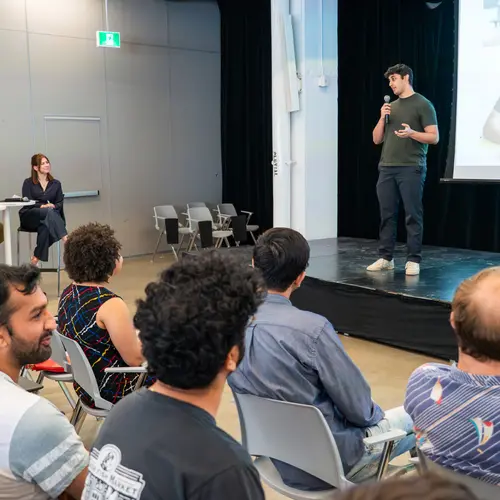
Benjamin Fung
Biography
Benjamin Fung is a Canada Research Chair in Data Mining for Cybersecurity, as well as a full professor at the School of Information Studies and associate member of the School of Computer Science, McGill University.
Fung serves as an associate editor of IEEE Transactions of Knowledge and Data Engineering and Sustainable Cities and Society. He received his PhD in computing science from Simon Fraser University in 2007.
Dr. Fung has over 150 refereed publications to his credit and and more than 14,000 citations (h-index 57) spanning the fields of data mining, machine learning, privacy, cybersecurity and building engineering. His findings in the fields of data mining for crime investigations and authorship analysis have been reported by the media worldwide.


